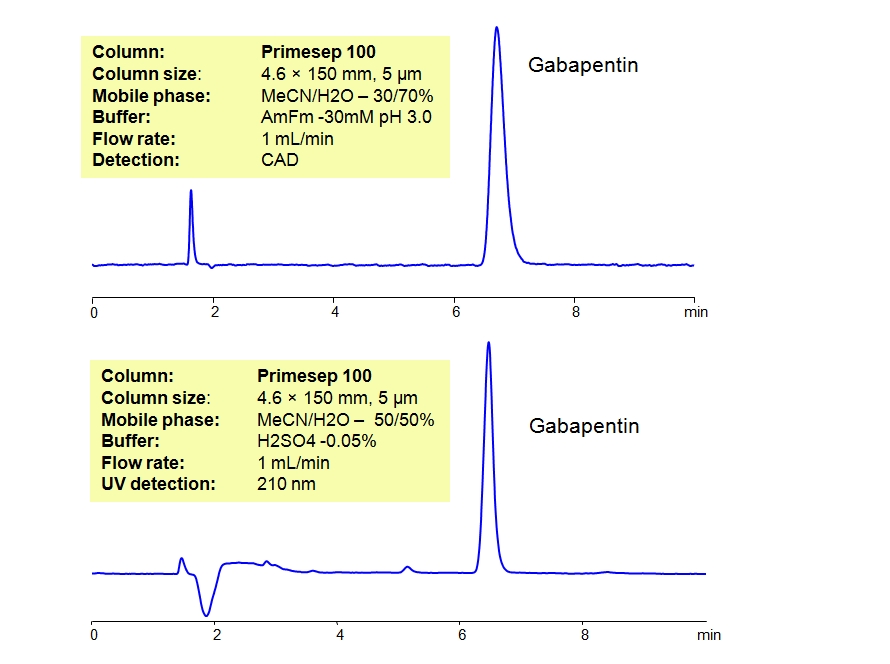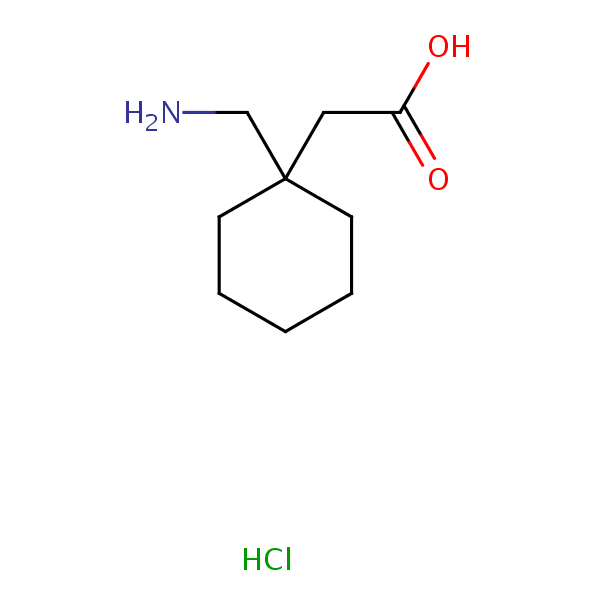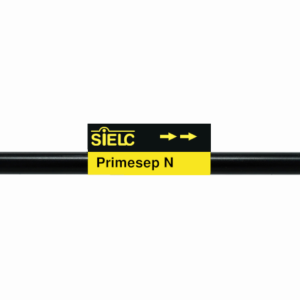| CAS Number | 60142-95-2 |
|---|---|
| Molecular Formula | C9H18ClNO2 |
| Molecular Weight | 207.700 |
| InChI Key | XBUDZAQEMFGLEU-UHFFFAOYSA-N |
| LogP | 0.0332 |
| Synonyms |
|
Applications:
HPLC Determination of Gamma-aminobutyric Acid (GABA), Gabapentin and Pregabalin on Primesep N Column
June 8, 2021
Separation type: Liquid Chromatography Mixed-mode
![]()
View on hplc.cloud
High Performance Liquid Chromatography (HPLC) Method for Analysis of GABA, Gabapentin and Pregabalin
| Column | Primesep N, 4.6×150 mm, 5 µm, 100A |
| Mobile Phase | MeCN/H2O |
| Buffer | AmFm pH 3.0 – 10 mM |
| Flow Rate | 1.0 ml/min |
| Detection | CAD (Corona) (MS-compatible mobile phase) |
| Class of Compounds |
Acid, Drug |
| Analyzing Compounds | Gamma-Aminobutyric acid (GABA), Gabapentin, Pregabalin |
Application Column
Primesep N
The Primesep family of mixed-mode columns offers a wide variety of stationary phases, boasting unprecedented selectivity in the separation of a broad array of chemical compounds across multiple applications. Corresponding Primesep guard columns, available with all stationary phases, do not require holders. SIELC provides a method development service available to all customers. Inquire about our specially-tailored custom LC-phases for specific separations.
Select optionsGabapentin hydrochloride
Pregabalin
gamma-Aminobutyric Acid (GABA)

HPLC Method for Analysis of Gabapentin Tablets
June 11, 2018

Gabapentin is a drug used to treat epilepsy, neuropathic pain, hot flashes, and restless legs syndrome. It also is used to treat neuropathic pain. Gabapentin can be analyzed by this reverse phase (RP) HPLC method with simple conditions. The mobile phase contains acetonitrile (MeCN), water, and phosphoric acid. For Mass-Spec (MS) compatible applications the phosphoric acid needs to be replaced with formic acid. Smaller 3 µm particle columns are available for fast UPLC applications. This liquid chromatography method is scalable and can be used for isolation of impurities in preparative separation. It is also suitable for pharmacokinetics.
| Column | Primesep 100, 4.6×150 mm, 5 µm, 100A |
| Mobile Phase | MeCN/H2O – 30/70% |
| Buffer | AmFm pH 3.0 – 30 mM |
| Flow Rate | 1.0 ml/min |
| Detection | CAD (Corona) MS- compatible mobile phase |
| Column | Primesep 100, 4.6×150 mm, 5 µm, 100A |
| Mobile Phase | MeCN/H2O – 50/50% |
| Buffer | H2SO4 – 0.05 % |
| Flow Rate | 1.0 ml/min |
| Detection | UV, 210 nm |
| Class of Compounds |
Drug, Nerve pain medication, Anticonvulsant, Hydrophobic, Ionizable, Zwitterionic |
| Analyzing Compounds | Gabapentin |
Application Column
Primesep 100
The Primesep family of mixed-mode columns offers a wide variety of stationary phases, boasting unprecedented selectivity in the separation of a broad array of chemical compounds across multiple applications. Corresponding Primesep guard columns, available with all stationary phases, do not require holders. SIELC provides a method development service available to all customers. Inquire about our specially-tailored custom LC-phases for specific separations.
Select optionsGabapentin hydrochloride





